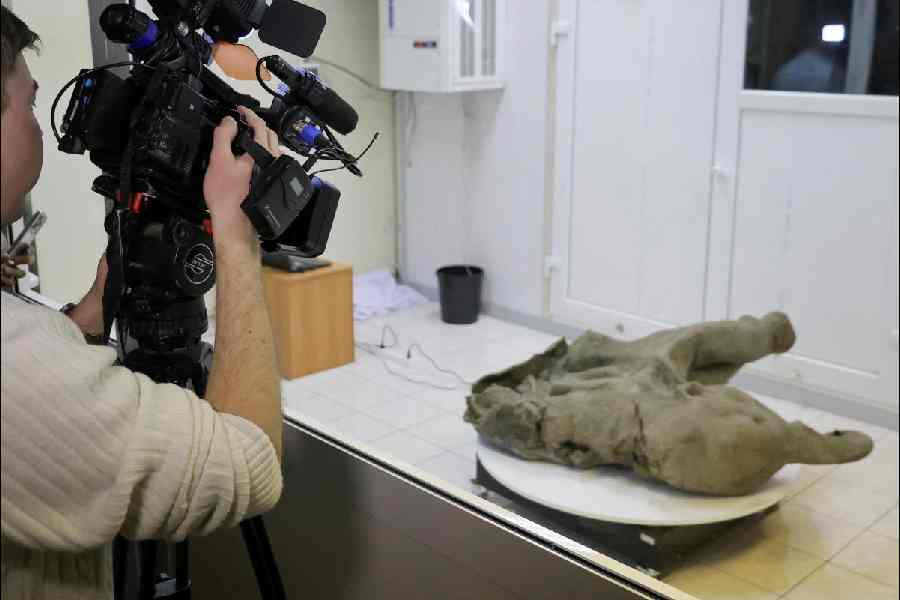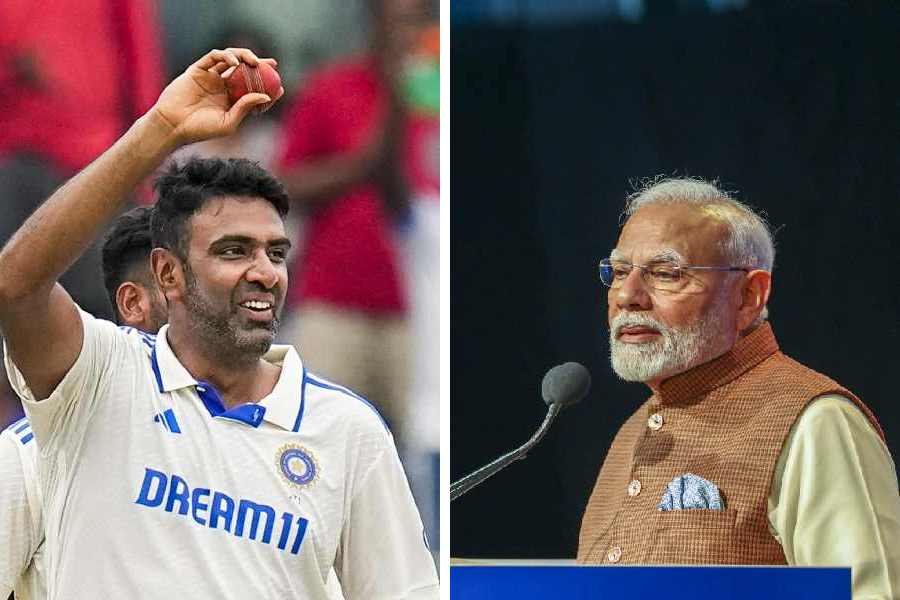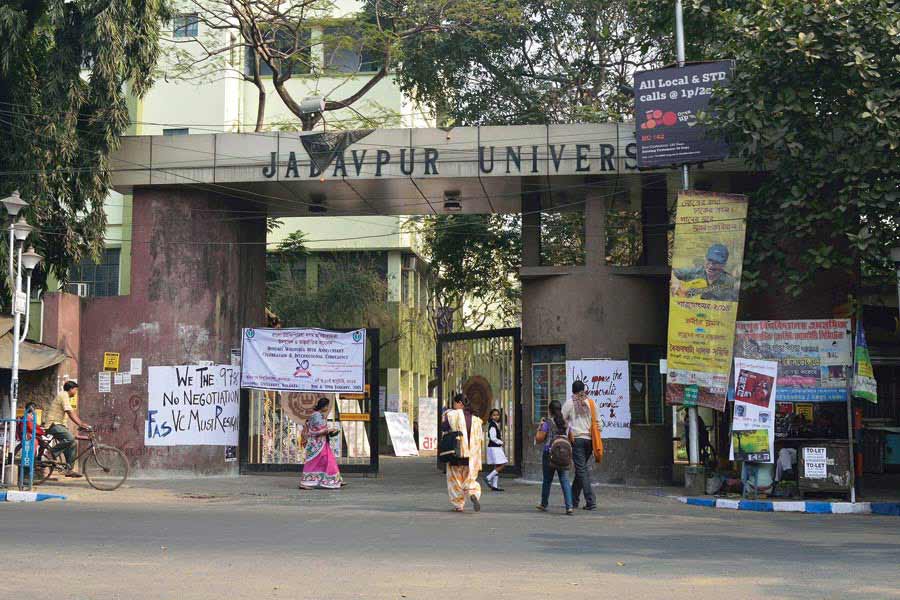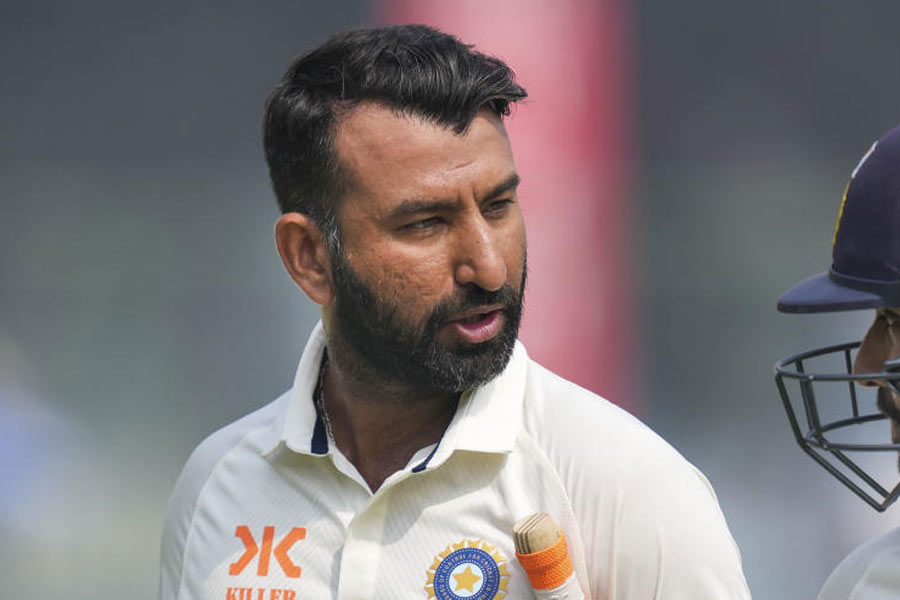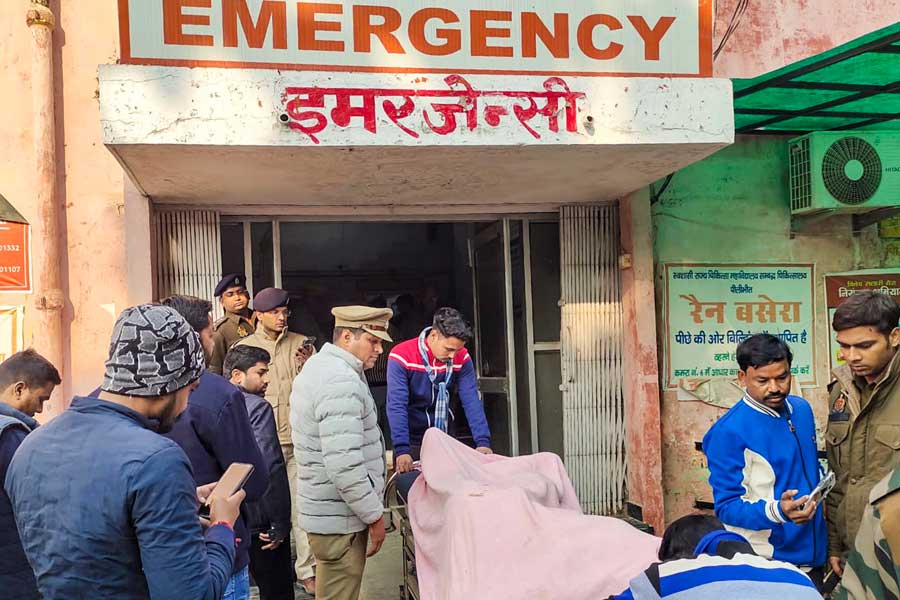The Supreme Court on Thursday asked the Centre searching questions about the criteria it had adopted to fix the ceiling of Rs 8 lakh on annual family income for eligibility under the quota for economically weaker sections (EWS) in postgraduate medical seats.
The court asked the government if it would want to “revisit” the policy. Although the EWS ceiling is Rs 8 lakh in all cases, the court restricted itself to the 10 per cent EWS reservation within the all-India quota in postgraduate medical seats filled up through the NEET. The all-India quota comprises 15 per cent of the total available undergraduate seats and 50 per cent of postgraduate seats in government medical colleges.
The court pointed out that the annual family income limit to identify the creamy layer among Other Backward Classes was also Rs 8 lakh, reasoning that these OBCs were socially and educationally backward unlike their
EWS peers. The creamy layer is excluded from quota benefits.
At one point, the bench of Justices D.Y. Chandrachud, Vikram Nath and B.V. Nagarathna indicated that it could stay the notification for EWS quota in postgraduate medical education, but did not do so on the request of additional solicitor-general K.M. Natraj representing the Centre.
“What was the criteria adopted by you (to fix the EWS income ceiling)? You must have some demographic or socio-economic data. It is not that you can pull out (the) 8-lakh figure from thin air? How did you arrive at this exact figure?… By this you are making unequals equals by applying your Rs 8-lakh limit,” Justice Chandrachud, heading the bench, remarked.
“For determining the creamy layer in the Other Backward Classes (OBC) category, the limit was fixed as Rs 8 lakh annual income and they were considered progressed class among OBCs and… excluded from reservation benefits. Here, for the EWS category, the limit is the same Rs 8 lakh annual income, but it was for inclusion in the reservation benefits,” the bench said.
“The EWS are not socially and educationally backward,” Justice Chandrachud remarked.
The court clarified that though such matters were policy decisions, it could definitely seek answers from the government.
The bench said: “Tell us if you want to revisit the criteria or not. If you want us to discharge our duties, then we are ready to do so. We are formulating questions, which you need to answer. We may stay the government notification fixing the Rs 8-lakh criteria for determining the EWS and you can keep filing affidavits.”
Natraj, the government counsel, said the criteria had been fixed “after proper application of mind” and that it was a “pure policy matter” in which “the court should not interfere”.
The Supreme Court was hearing a batch of petitions challenging the Centre’s and the Medical Counselling Committee’s July 29 notice providing for 10 per cent reservation for the EWS category in the National Eligibility-cum-Entrance Test (NEET). The petitions had been filed by Neil Aurelio, Yash Tekwani and other NEET candidates.
The bench was dissatisfied with the government for not filing an affidavit despite an October 7 direction to do so within two weeks on the EWS quota ceiling.
“You had two weeks to file an affidavit. But you haven’t done so. We can stay the notification and in the meanwhile you do something,” Justice Chandrachud said.
Natraj pleaded that no such direction be passed and offered to file an affidavit “at the earliest”.
Natraj defended the EWS quota, saying many people were not receiving the benefits and that there had been no legal challenge when this reservation had been introduced in the undergraduate medical courses in 2019 and at the time of its inception in postgraduate programmes in 2020.
The court asked the following questions:
⚫ Has the Centre determined any criteria to implement the Rs 8-lakh ceiling for the EWS quota?
⚫ Had the 2010 report of the Major Gen. (retd) S.R. Sinho Commission been considered before ascertaining the criteria? The report has to be placed on record before the court.
The commission, constituted by the UPA government, had recommended welfare measures for the EWS category. Natraj said the panel’s report had been taken into account.
⚫ Had the difference in rural and urban purchasing power been accounted for while deriving the income limit?
⚫ Were any criteria adopted for distinguishing between beneficiaries in metropolitan and non-metropolitan areas?





